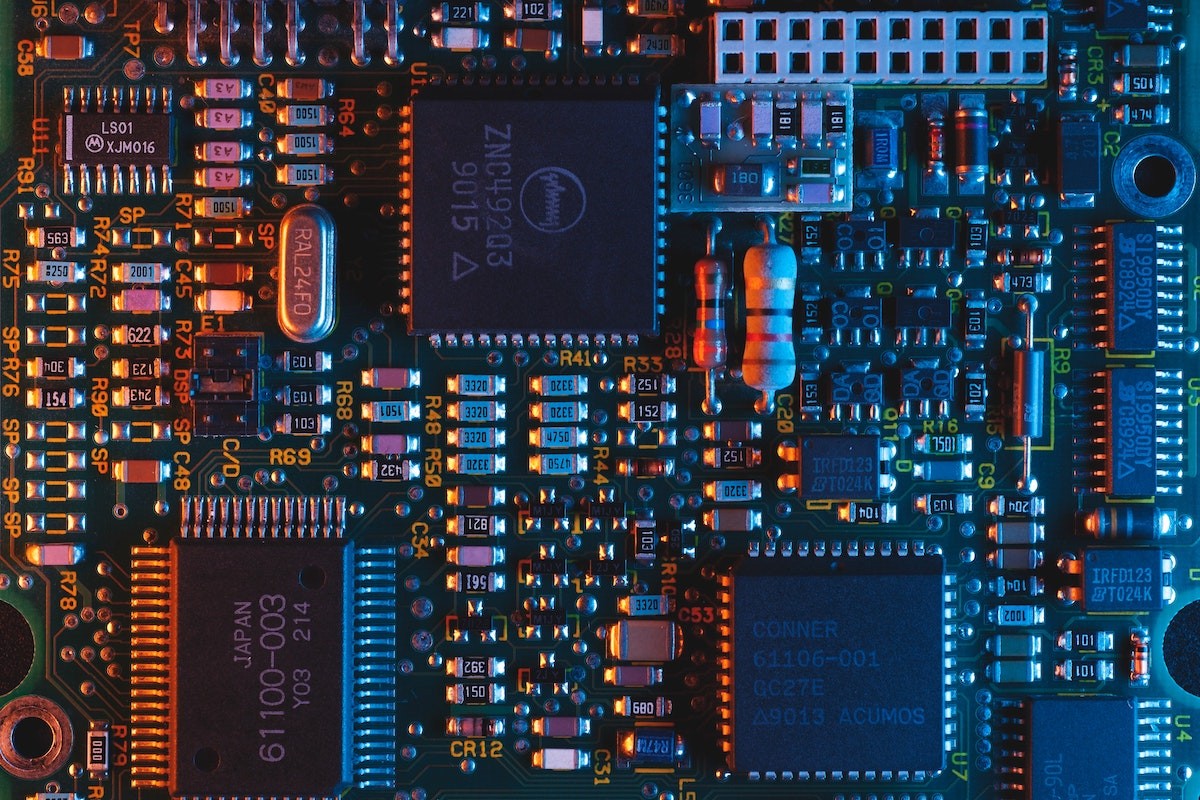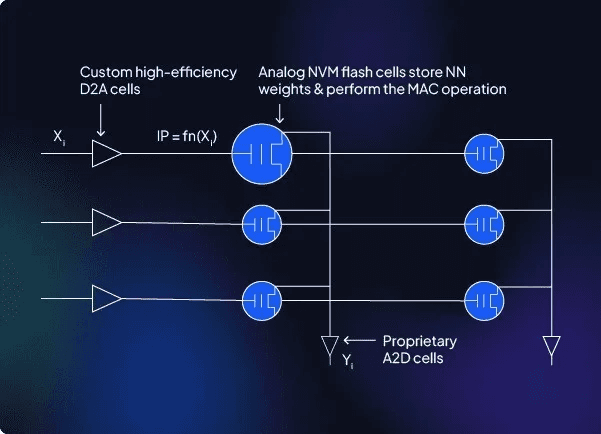Programming
The Future of Firmware
What needs to be innovated ?
Mar 28, 2024
Navigating the Future of Firmware: Empowering Innovation in the Digital Era
In the world of tech, firmware often works behind the scenes, quietly powering the devices we rely on. It's the essential software layer that bridges the gap between hardware and the apps and interfaces we interact with. But as technology rapidly transforms, firmware itself is stepping into the spotlight, evolving to meet the needs of our increasingly connected world.
Key Trends Shaping the Future of Firmware
The IoT Explosion: The sheer number of smart devices – from home appliances to factory sensors – means firmware needs to be smarter and more adaptable than ever. It has to handle complex communication and security across a massive interconnected network.
Security Takes Center Stage: Cybersecurity is no longer an afterthought. Firmware needs to be built with security in mind from the start. That means things like encryption, secure boot processes, and protection against the latest threats.
AI Gets Embedded: We're seeing AI algorithms moving directly into devices. This gives them the power to make decisions on the fly, but firmware engineers need to carefully balance those capabilities with the memory and power constraints of embedded systems.
Prioritising Power Savings: For battery-powered gadgets, every bit of energy efficiency counts. Expect firmware to get even better at clever power management, using sleep modes and optimising code to squeeze extra life out of devices.
Over-the-Air Updates become Essential: Just like our smartphones, many connected devices now need regular updates. Firmware has to be designed to handle these remotely, letting manufacturers improve features, fix bugs, and close security holes quickly.
The Firmware Development Revolution
The tools used to create firmware are also getting exciting upgrades:
The Cloud Changes Everything: Cloud-based development lets teams work from anywhere and makes setup faster. It's great for collaboration on complex projects.
Debugging Gets Smarter: Debugging firmware has been notoriously tricky. New tools should make finding and fixing problems less of a headache.
Automation Streamlines the Process: More testing and deployment can be automated, catching errors early and getting new firmware out into the world faster.
The Skillset of the Future Firmware Engineer
Those who build tomorrow's firmware will need a mix of classic and cutting-edge skills:
Understanding the Big Picture: Knowing not just how to code, but how firmware interacts with the hardware itself and the broader systems it's a part of.
Security as a Reflex: Proactively thinking about how to defend a device before someone finds a way to exploit it.
Adept at Adaptation: New programming languages, hardware, and standards pop up constantly. Firmware engineers need to be lifelong learners.
The Exciting Road Ahead
The future of firmware is full of both promise and challenges. It's going to be the foundation for a new generation of seamlessly connected and intelligent devices. The innovations in hardware, AI, and cloud connectivity will mean more sophisticated firmware than ever before. This is a field where those who embrace the fast pace of change are going to thrive!
written by: Matthew Drabek
For our Services, feel free to reach out to us via meeting…
Please share our content for further education


